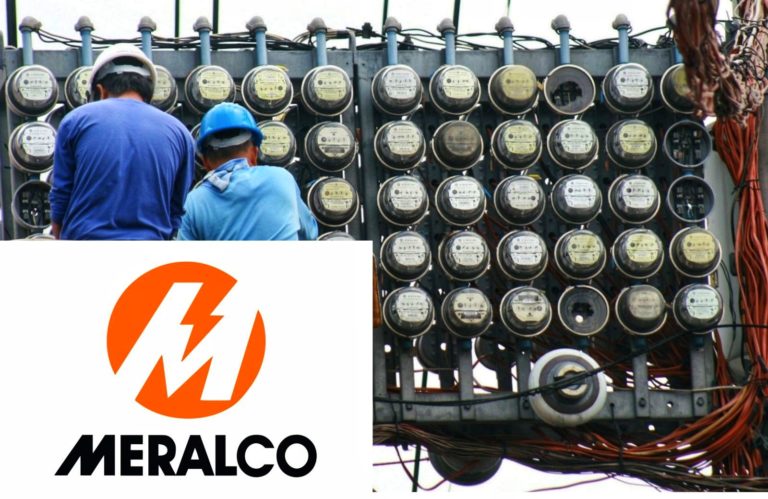In response to recent comparisons between the power rates of Electric Cooperatives (ECs) and the Manila Electric Company (Meralco), the company reiterates that its electricity rates are determined through a transparent, regulated process and reflect the actual costs of delivering reliable and sustainable power to over eight million customers.
Meralco emphasized that all its rates are subject to strict review, approval, and confirmation by the Energy Regulatory Commission (ERC), ensuring they remain fair, reasonable, and justified under prevailing market and regulatory conditions.
Distribution Charges Unchanged for a Decade
Contrary to claims suggesting inflated rates, Meralco’s distribution charge has remained unchanged for the past ten (10) years, and is among the lowest nationwide, said in ito statements. They also explained that the company’s distribution charge falls within the bottom 30% of all distribution utilities in the country. Everything passed through proper process of approval granted by the ERC to Meralco bases on the lowest Weighted Average Cost of Capital (WACC) among all private distribution utilities (PDUs), reinforcing its commitment to cost-efficiency.
Despite these comparatively low charges, Meralco continues to provide high standards of power reliability, energy security, and operational efficiency across its service area.
Fuel Mix and National Energy Mandate bases for Generation Costs
The recent increases in electricity bills are driven not by Meralco’s distribution charges, but by generation charges, which fluctuate based on fuel costs, supply contracts, and energy mix.
Electric Cooperatives largely rely on coal-fired power plants, which currently offer lower generation costs. In contrast, Meralco sources around 50% of its power supply from natural gas-fired power plants, alongside coal and renewable sources, to meet its growing demand. This diversified mix is necessary to ensure grid stability and long-term reliability, especially given the coal moratorium that limits future coal-based capacity.
Natural gas, while costlier than coal, serves as a transition fuel and is a cornerstone of the Department of Energy’s (DOE) Power Development Plan and the recently enacted Natural Gas Law (RA No. 12120). Meralco’s sourcing strategy aligns with the government’s goals to increase renewable energy to 35% by 2030 and 50% by 2040.
Misguided Comparisons Could Jeopardize National Energy Goals
Calls to match Meralco’s rates with those of ECs, which do not source from gas-fired plants, disregard these realities and could inadvertently push for the repeal of national laws and policies supporting cleaner energy. Such a move would undermine the country’s energy transition, reverse environmental progress, and compromise long-term grid security.
Moreover, Meralco does not receive government subsidies or taxpayer funding, unlike some utilities. It independently finances its operations and infrastructure to ensure continuous and reliable service across the nation’s most densely populated and economically significant regions.
“Meralco remains steadfast in our responsibility to power our franchise area without burdening taxpayers. We are committed to delivering energy solutions that balance affordability with long-term sustainability, in full support of the country’s economic growth and clean energy goals,” the company said in a statement.














